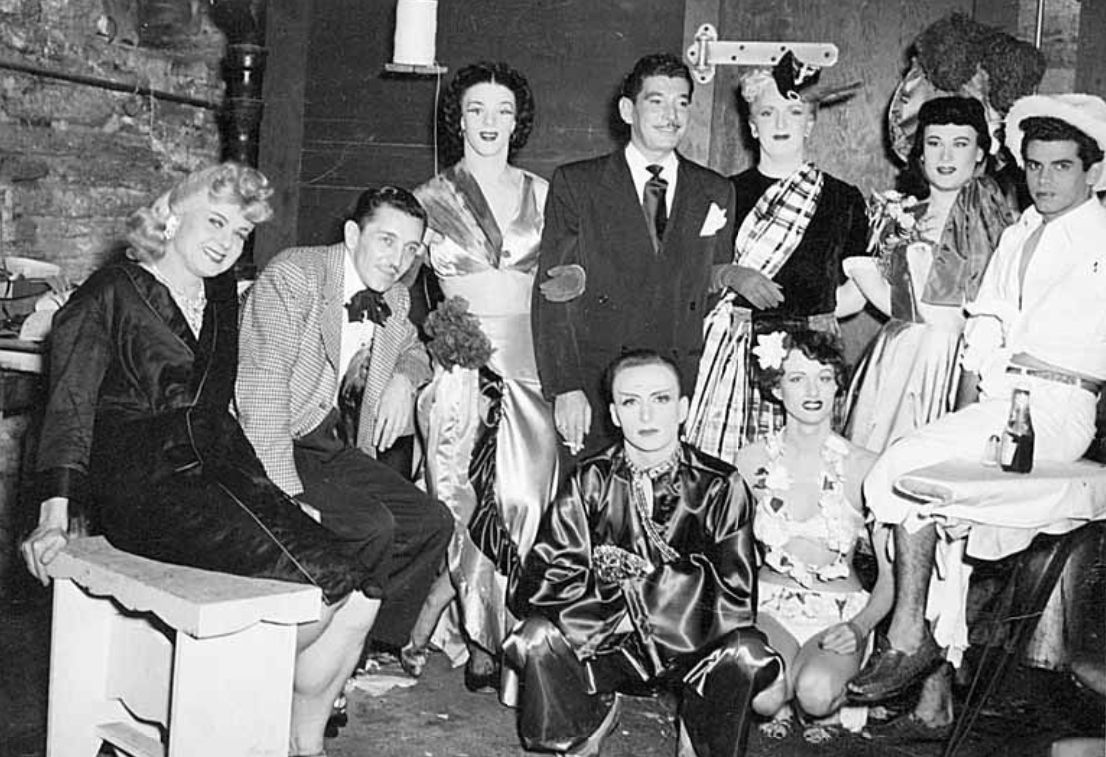LGBTQ+ Collection
Archival materials’ representations of LGBTQ+ communities have historically been complicated for memory workers who may have limited in-community knowledge of these approaches to embodiment and may also have limited resources to work with in making sense of them. In practical terms, these complications can (and often do) result in the obscuring of these materials from patrons due to the unqualified use of outdated subject terminology. The flaws which have been built into the Library of Congress Subject Headings, perhaps the world’s most widely-used subject indexing language, have been well-documented by researchers, librarians, archivists, curators, and other information professionals, particularly as these flaws result in LCSH’s representations of historically-excluded communities–including, but certainly not limited to, LGBTQ+ communities. These flaws have significant practical consequences to patrons and information professionals alike, as they contribute to the obfuscation of archival materials–the materials themselves as well as their intellectual contents.
In the Summer of 2023 Special Collections hired University of Washington Information School PhD student Claire McDonald Indermaur to engage in a redescription project for Northwest LGBTQ+ materials. The broad goal of this project was to improve and expand descriptive metadata for the digitally-available LGBTQ+ materials in the Pacific Northwest collections. This goal was achieved by adding subject terms and longer-form contextual information to these materials’ item records; this redescriptive work also involved revising existing descriptive metadata, especially pre-existing longer-form contextual information, so as to ensure that this information was consistent across items and collections. The Homosaurus, an international linked data vocabulary of LGBTQ+ terms, was used as the basis for the work of adding subject terms to these materials’ records. Over 1,000 records were involved in this redescription work.



